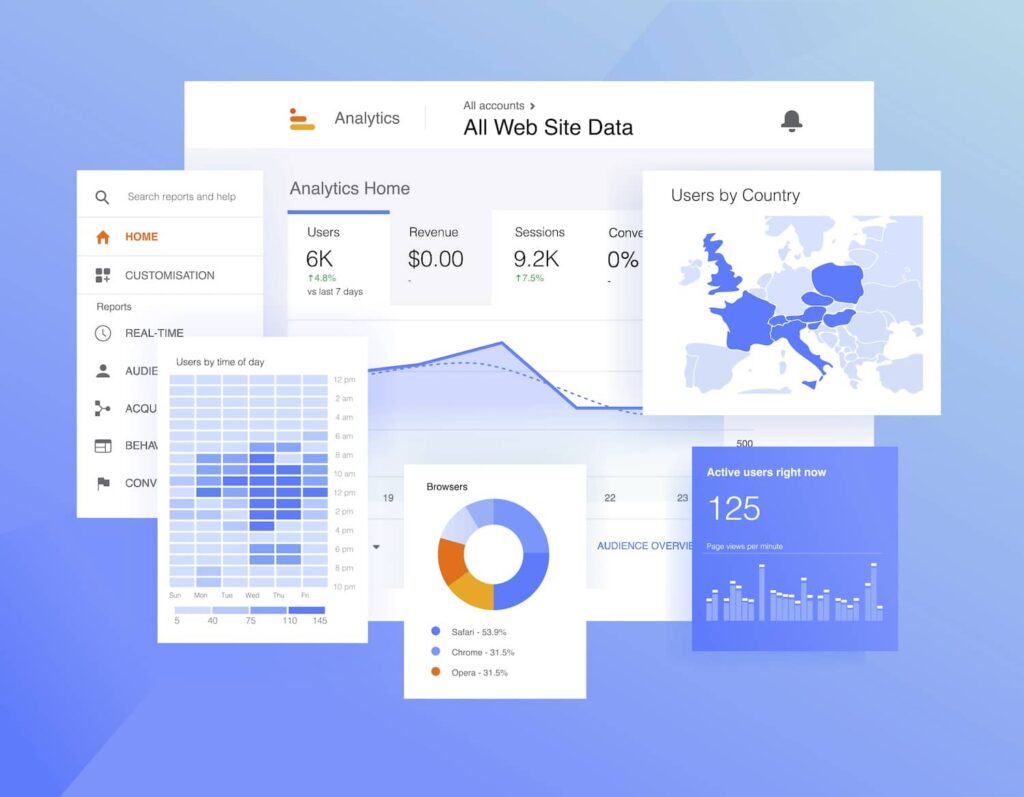Checking out the Idea of Secondary Dimensions in Google Analytics: Meaning and Strategic Implementation
Checking out the Idea of Secondary Dimensions in Google Analytics: Meaning and Strategic Implementation
Blog Article
Revealing the Impact of Secondary Measurement in Google Analytics on Information Analysis and Insights
In the realm of data analytics, the application of secondary dimensions within Google Analytics has arised as an essential device for drawing out much deeper insights and unraveling complex patterns that could or else stay covered. By peeling off back the layers of key information collections, additional measurements offer a nuanced perspective that enriches the understanding of customer habits, site performance, and the efficiency of advertising and marketing approaches.
Exploring the Idea of Second Measurements
Additional measurements in Google Analytics offer added insights by enabling individuals to evaluate key data in conjunction with an additional quality. By including secondary dimensions, users can dig much deeper right into the information and reveal beneficial connections that may otherwise go unnoticed - what is a secondary dimension in google analytics.
By exploring the various second dimensions readily available in Google Analytics, users can open new insights and enhance their digital advertising initiatives. In significance, secondary dimensions offer as an effective tool for enhancing information evaluation and driving workable results.
Enhancing Information Interpretation With Secondary Dimensions
Having developed the fundamental understanding of additional dimensions in Google Analytics and their essential duty in information evaluation, the focus currently shifts in the direction of leveraging these second credit to improve the interpretation of analytics information (what is a secondary dimension in google analytics). By integrating additional dimensions right into data evaluation, analysts can obtain much deeper insights right into user actions, internet site efficiency, and advertising and marketing effectiveness

Furthermore, second dimensions help in contextualizing key data metrics by providing additional layers of details. This contextualization help in recognizing the 'why' behind the information trends, assisting analysts make informed decisions and optimizations to enhance overall performance. Eventually, incorporating additional dimensions improves the information interpretation process, causing even more tactical activities and significant insights.
Uncovering Hidden Insights With Additional Dimensions
Exploring the depths of analytics information with additional dimensions discloses useful understandings that would certainly or else stay obscured. By incorporating additional dimensions in Google Analytics, organizations can unearth hidden patterns, trends, and relationships that offer an even more detailed understanding of user behavior and internet site performance. These added layers of information allow experts to dig much deeper right into the key dimensions, such as web traffic resources or touchdown web pages, and acquire a more nuanced perspective on how different variables connect with each other.
Via the use of second dimensions, analysts can sector and contrast data throughout various measurements, allowing them to identify specific variables that influence user interaction, conversion rates, and general success metrics. By pairing the primary measurement of 'tool category' with the second dimension of 'age team,' marketers can pinpoint which age demographics choose accessing the website via mobile devices versus desktops.
Leveraging Additional Dimensions for Actionable Analytics
Building upon the understandings unveiled via second dimensions in Google Analytics, companies can now harness this enriched information landscape to drive actionable analytics and calculated decision-making. By leveraging second dimensions, organizations can dig deeper into their information to extract valuable patterns, trends, and connections that may have formerly gone undetected. This deeper level of evaluation enables services to get a much more thorough understanding of user habits, project efficiency, and total web site performance.
One key benefit of making use of additional resource measurements for actionable analytics is the capability to segment information based upon particular requirements. This division permits organizations to customize their campaigns and strategies to different audience groups, leading to extra targeted and efficient advertising initiatives - what is a secondary dimension in google analytics. Furthermore, secondary dimensions give a more holistic view of user interactions, allowing businesses to maximize their internet site material, design, and total user experience
Maximizing Decision-Making With Additional Measurements
To improve strategic decision-making in analytics, leveraging additional measurements in Google Analytics can give a much more nuanced perspective on individual actions and campaign performance. By integrating second dimensions right into data evaluation, organizations can dig much deeper into the specifics of their internet site site visitors' interactions and involvement patterns. This added layer of info permits an extra comprehensive understanding of how different variables, such as demographics, tools, or traffic resources, influence essential performance indications.

Conclusion
Finally, using additional measurements in Google Analytics plays a critical duty in improving data evaluation and uncovering concealed understandings. By exploring this idea, one can obtain a deeper understanding of customer actions and make notified decisions based upon workable analytics. Leveraging additional measurements enables a original site more detailed interpretation of information and makes the most of the efficiency of decision-making procedures.

Report this page